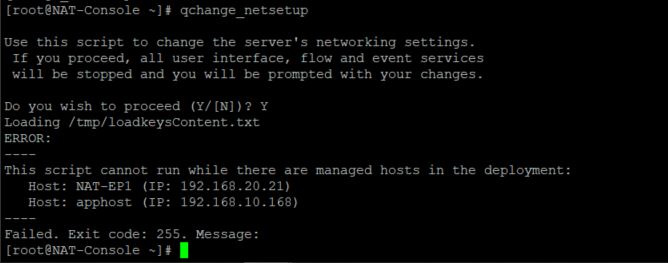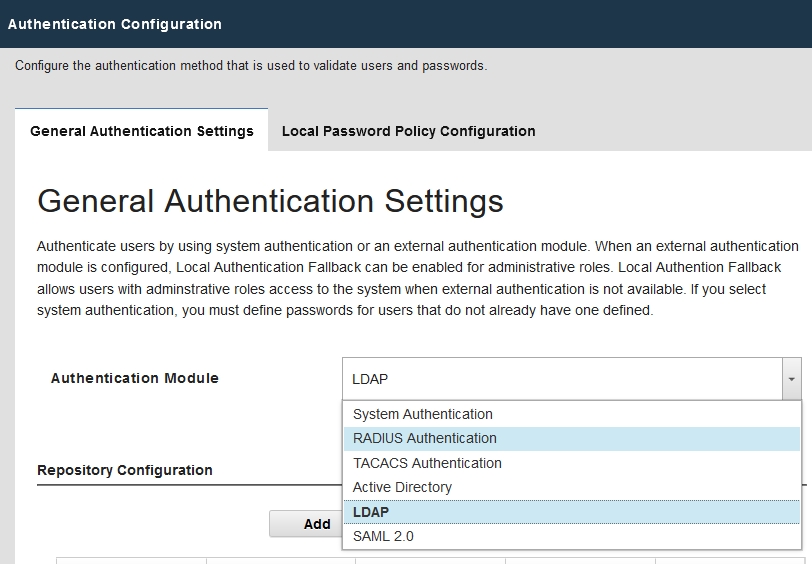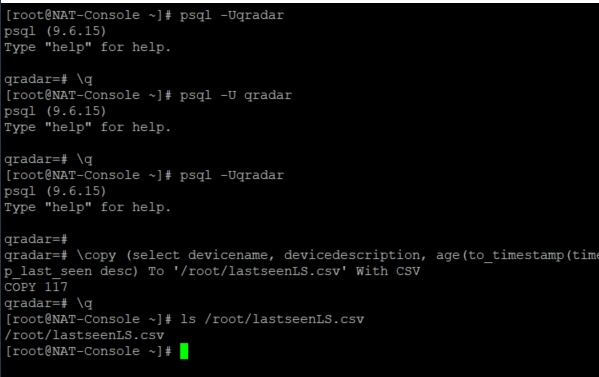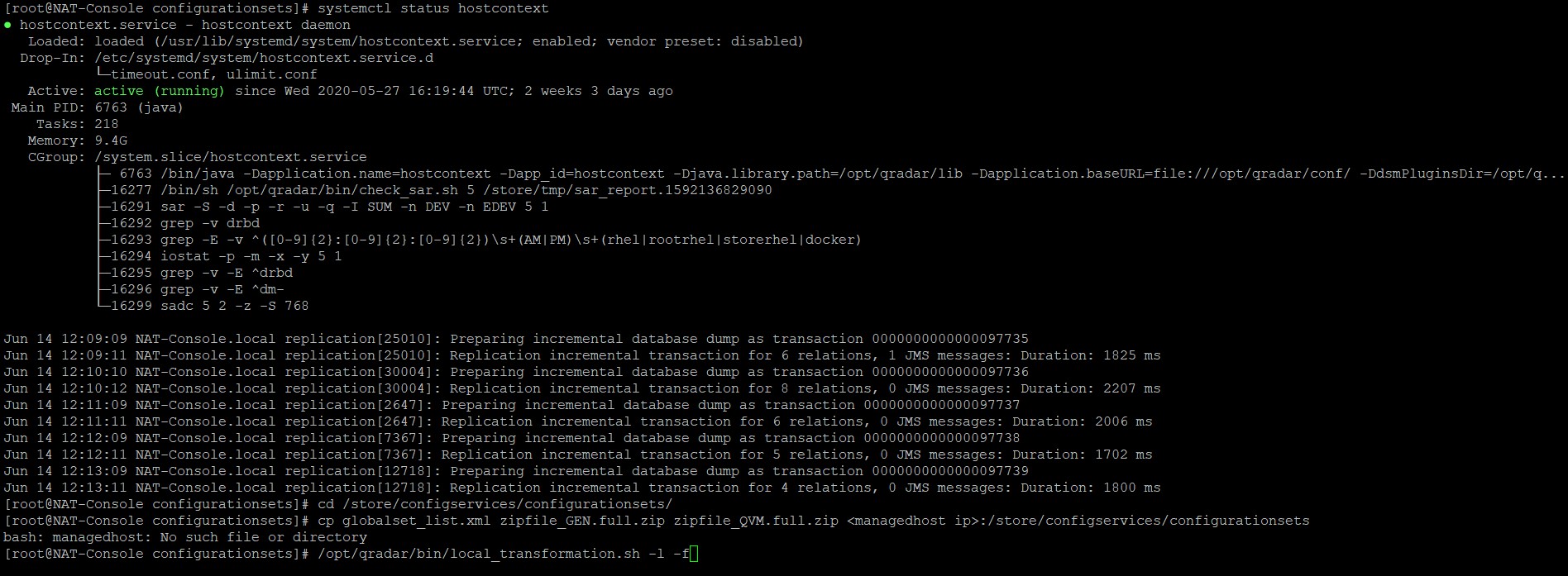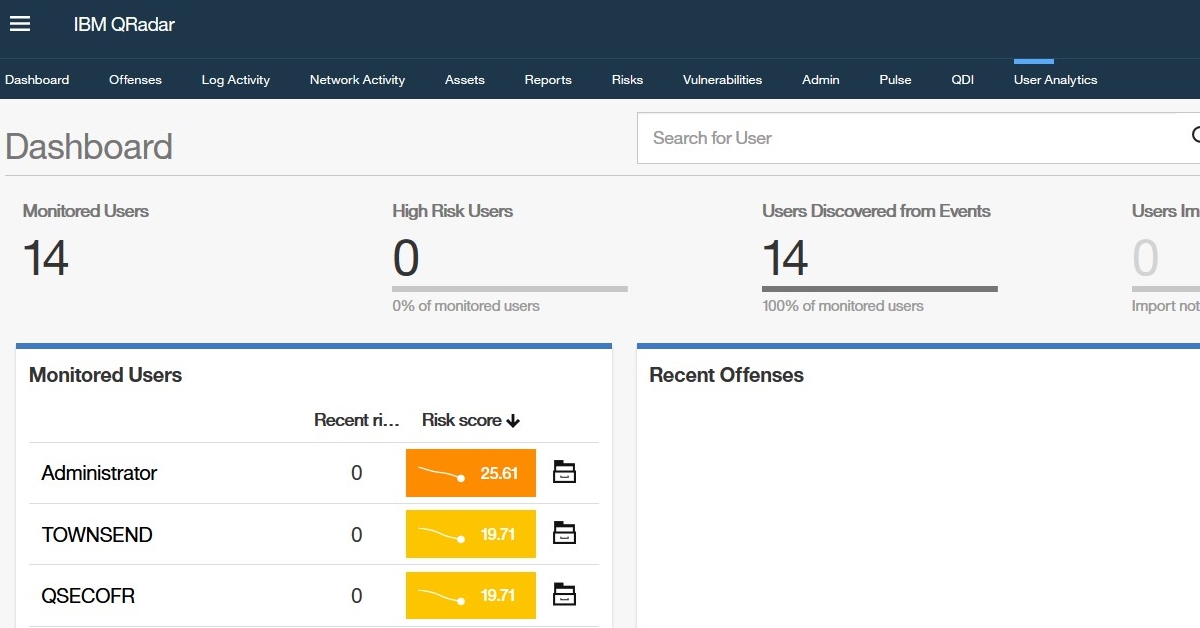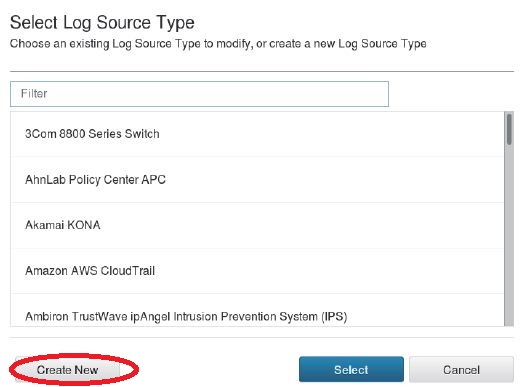There are two methods commonly used for the QRadar upgrade. These methods apply to the distributed deployment only but not to the All-in-One installation. By default, the QRadar console has all the capabilities and features. However, when there is a need to improve functionality and there are not enough resources in a single hardware server, […]

